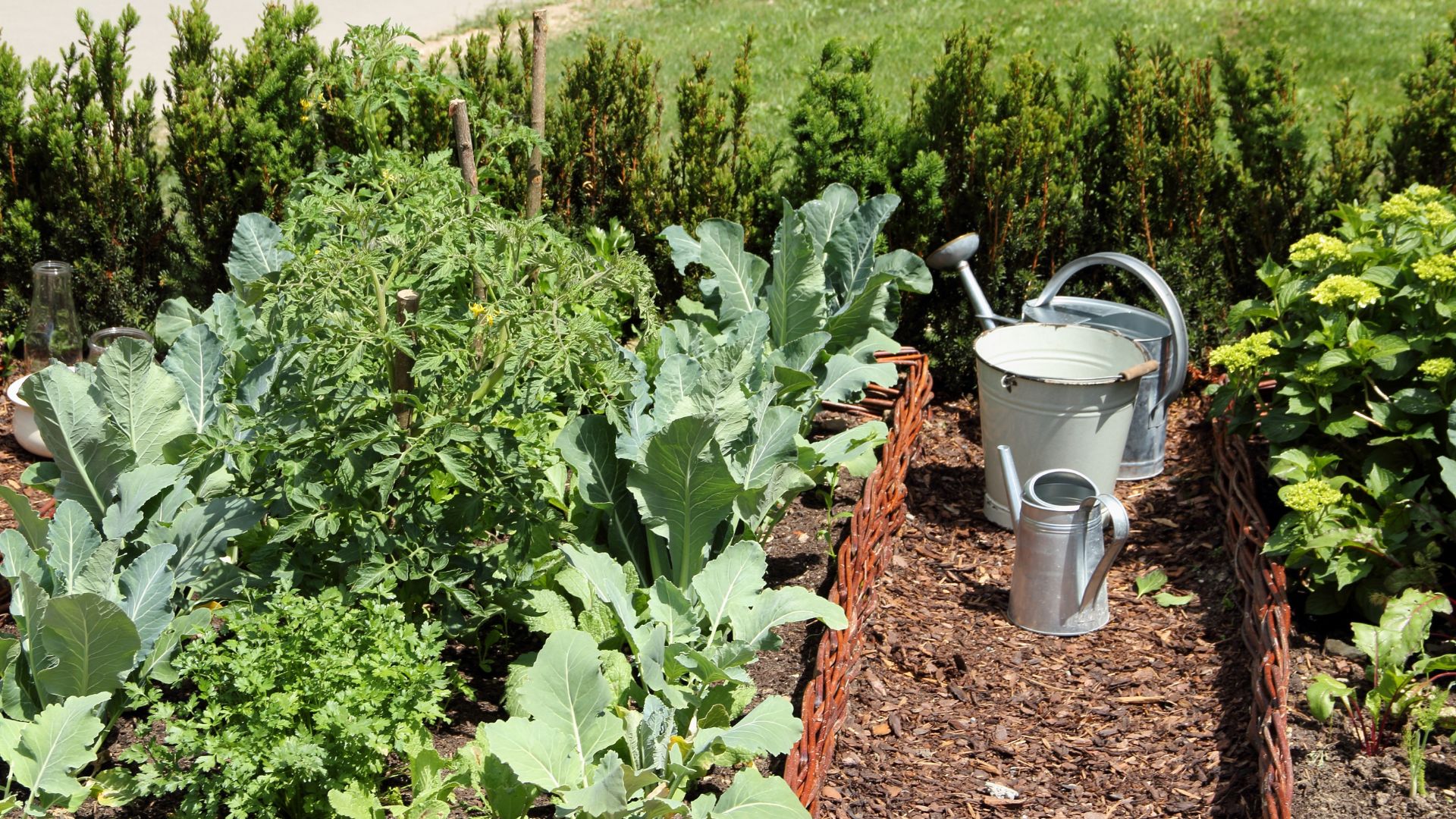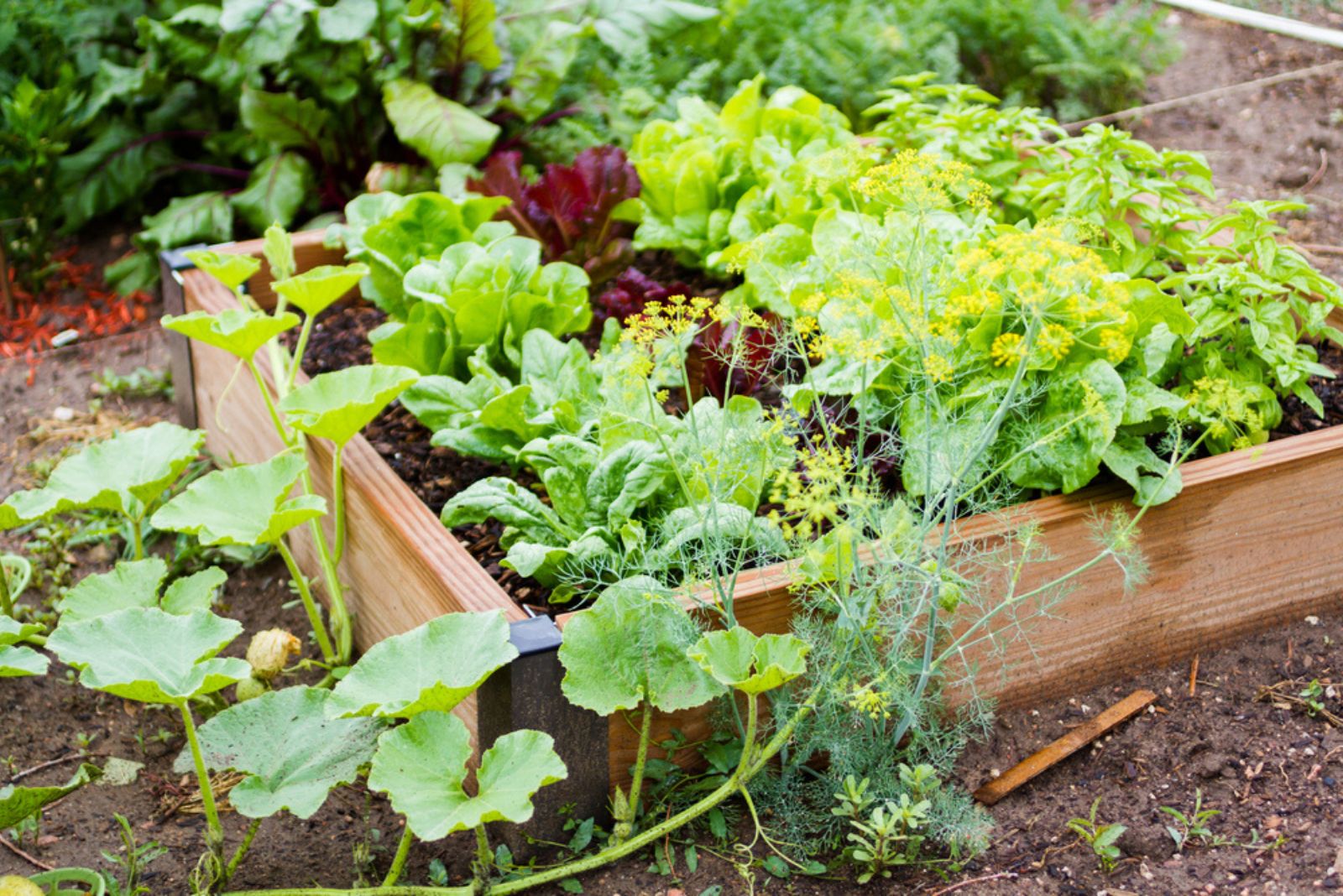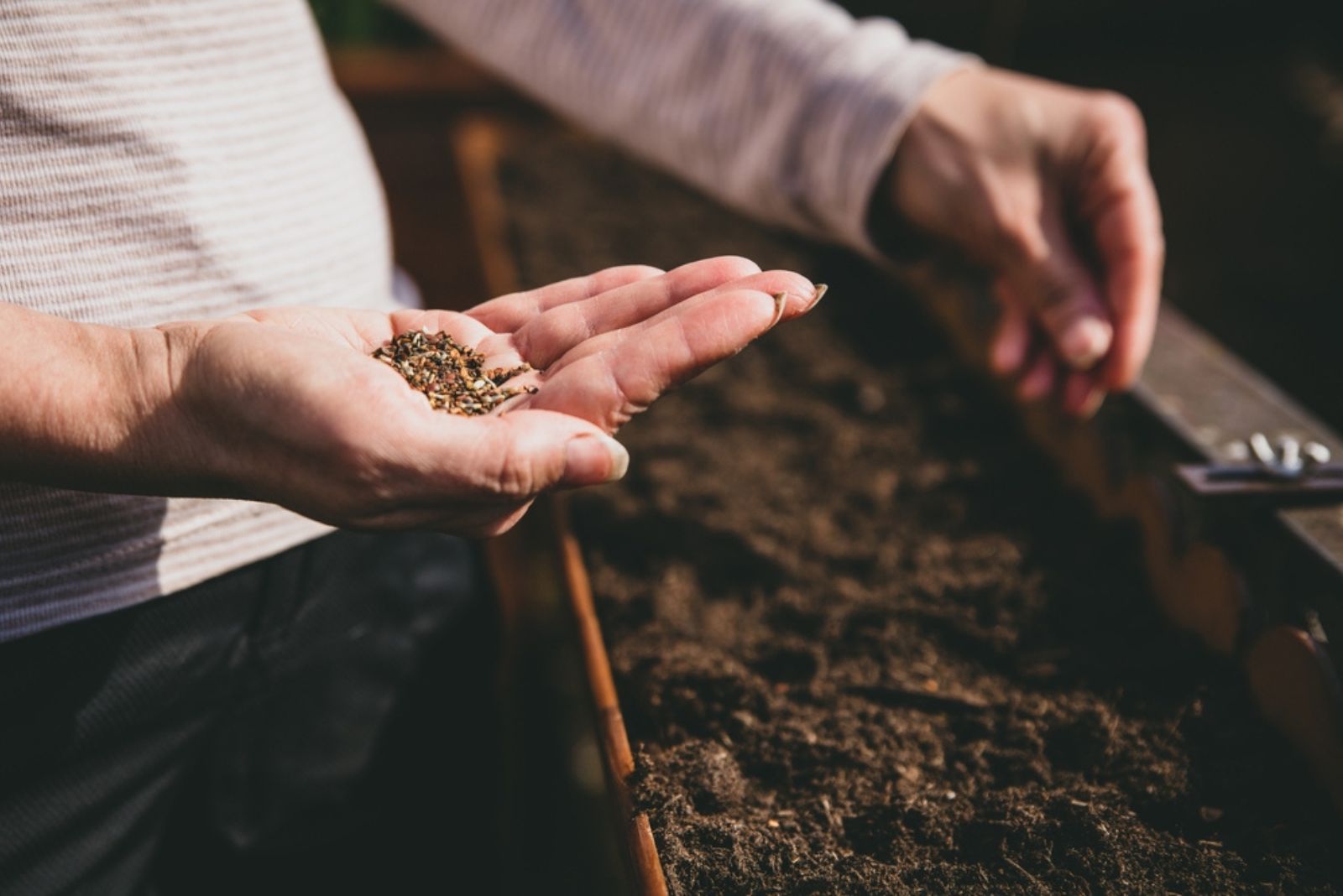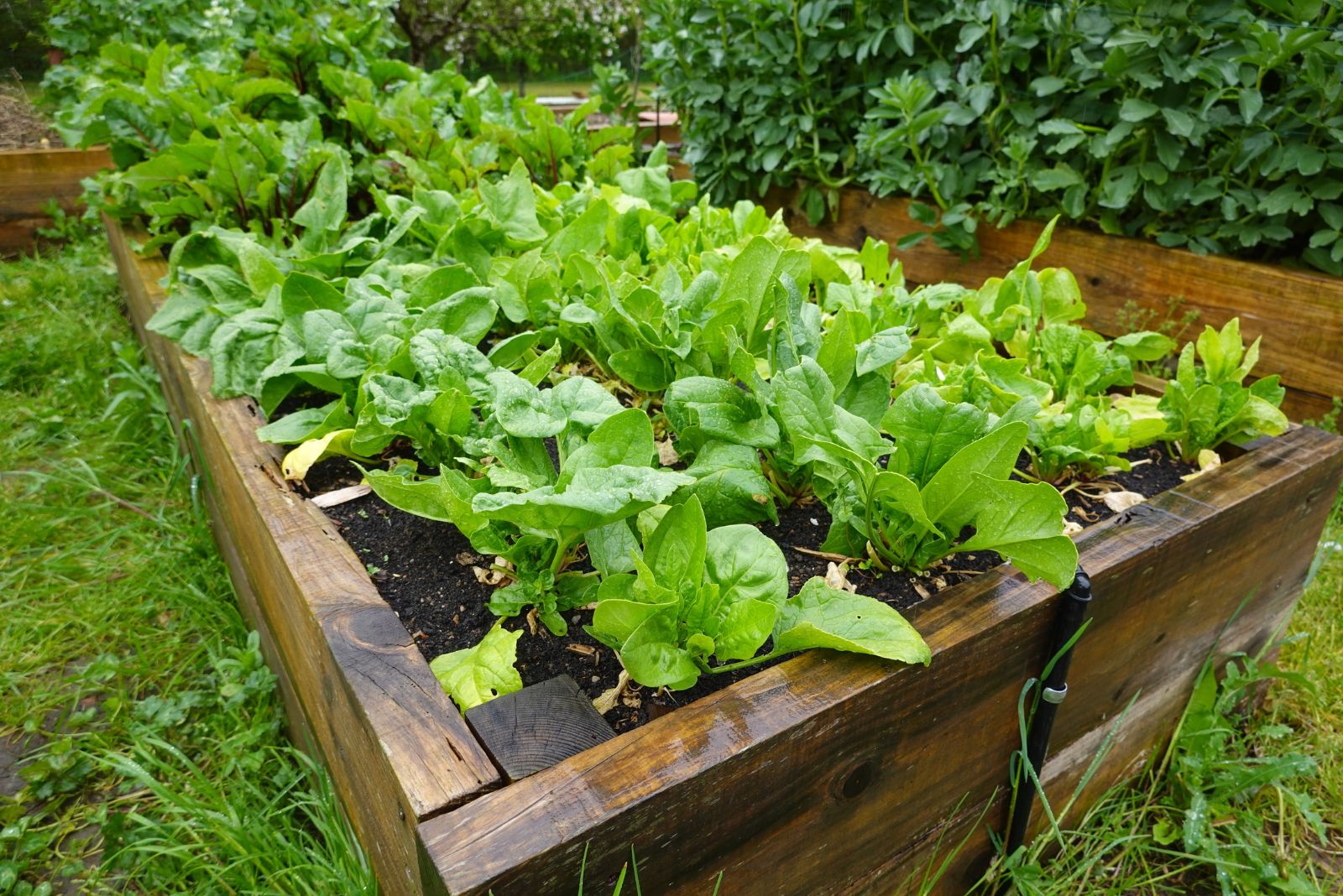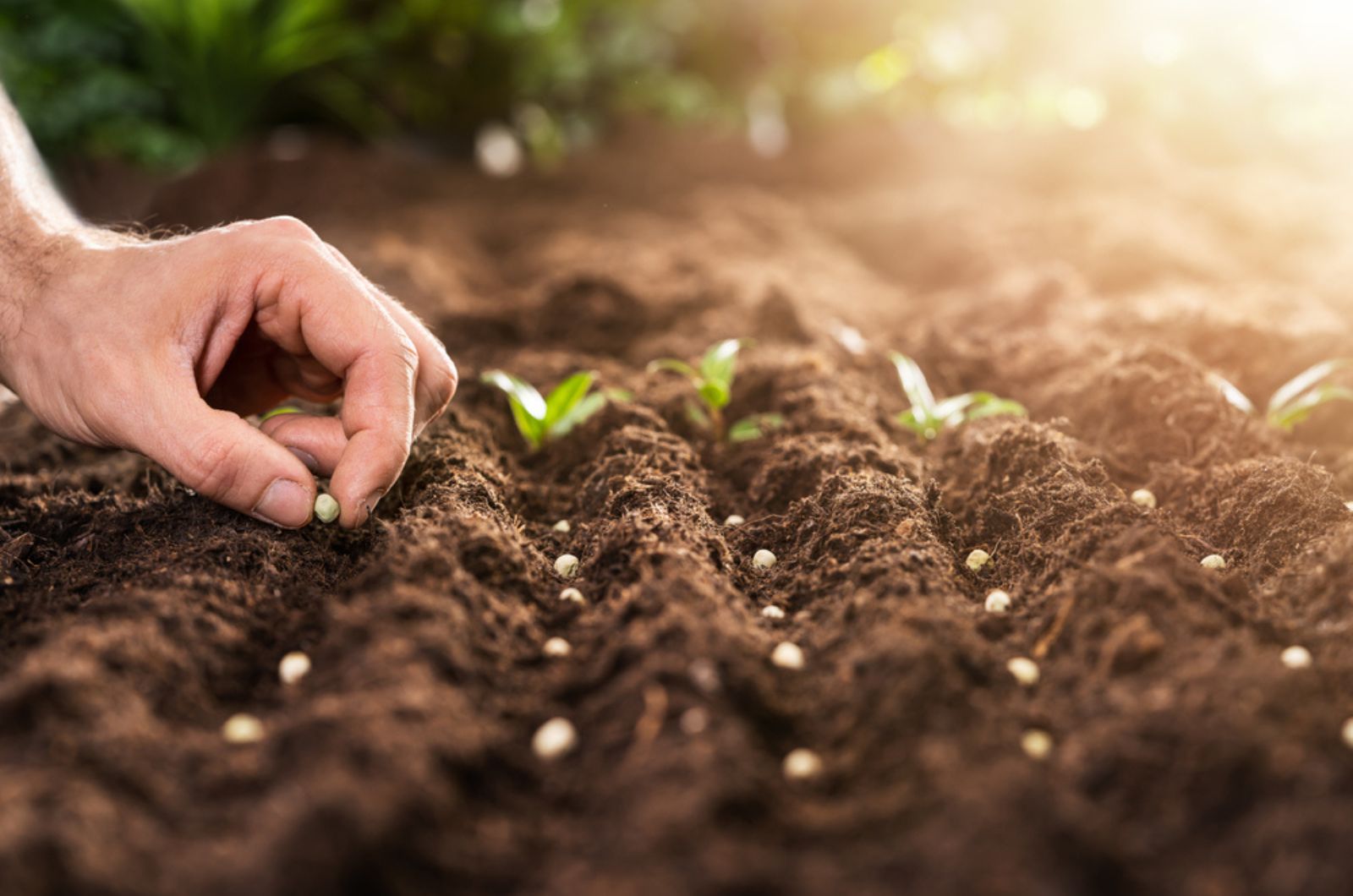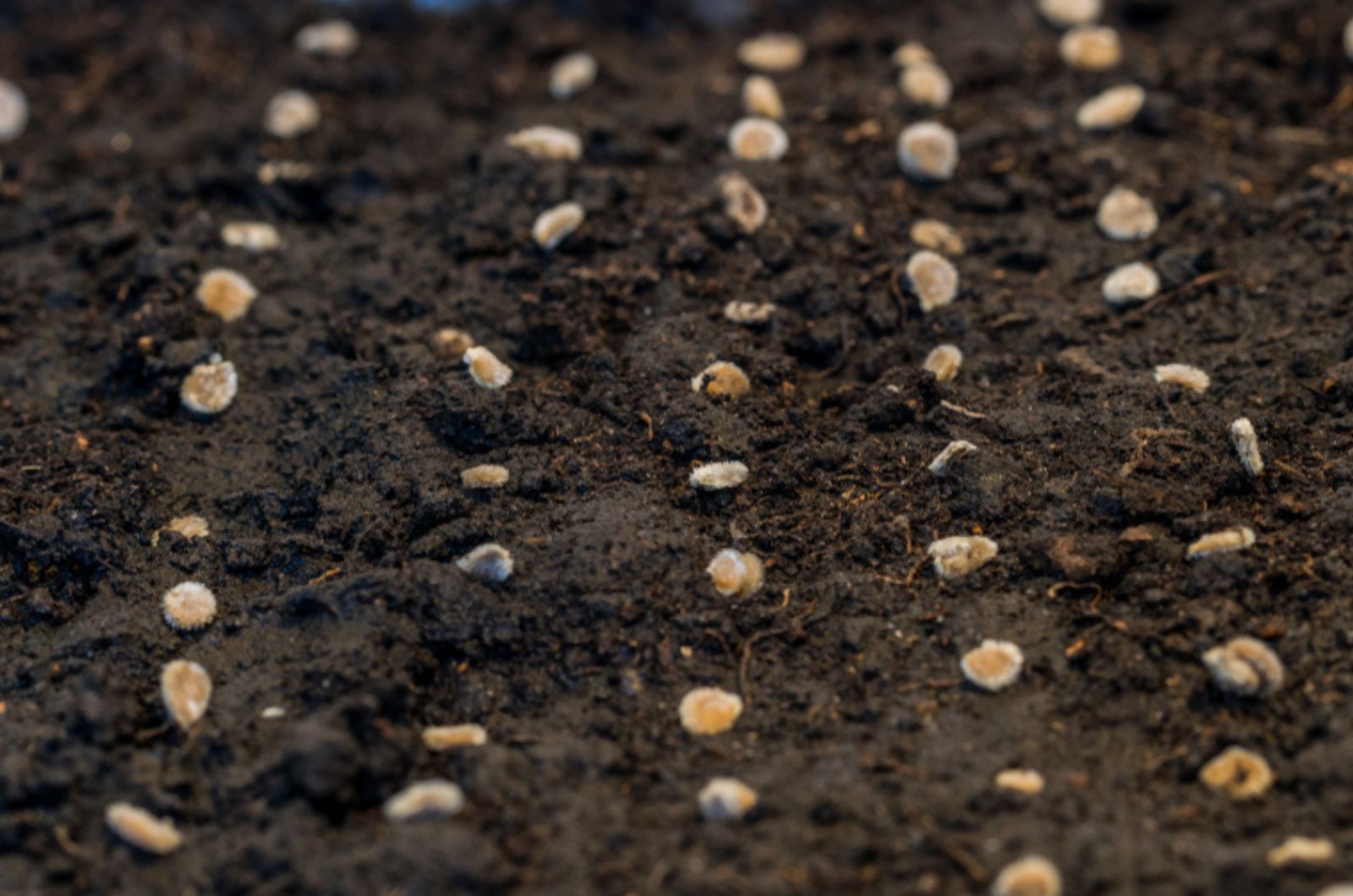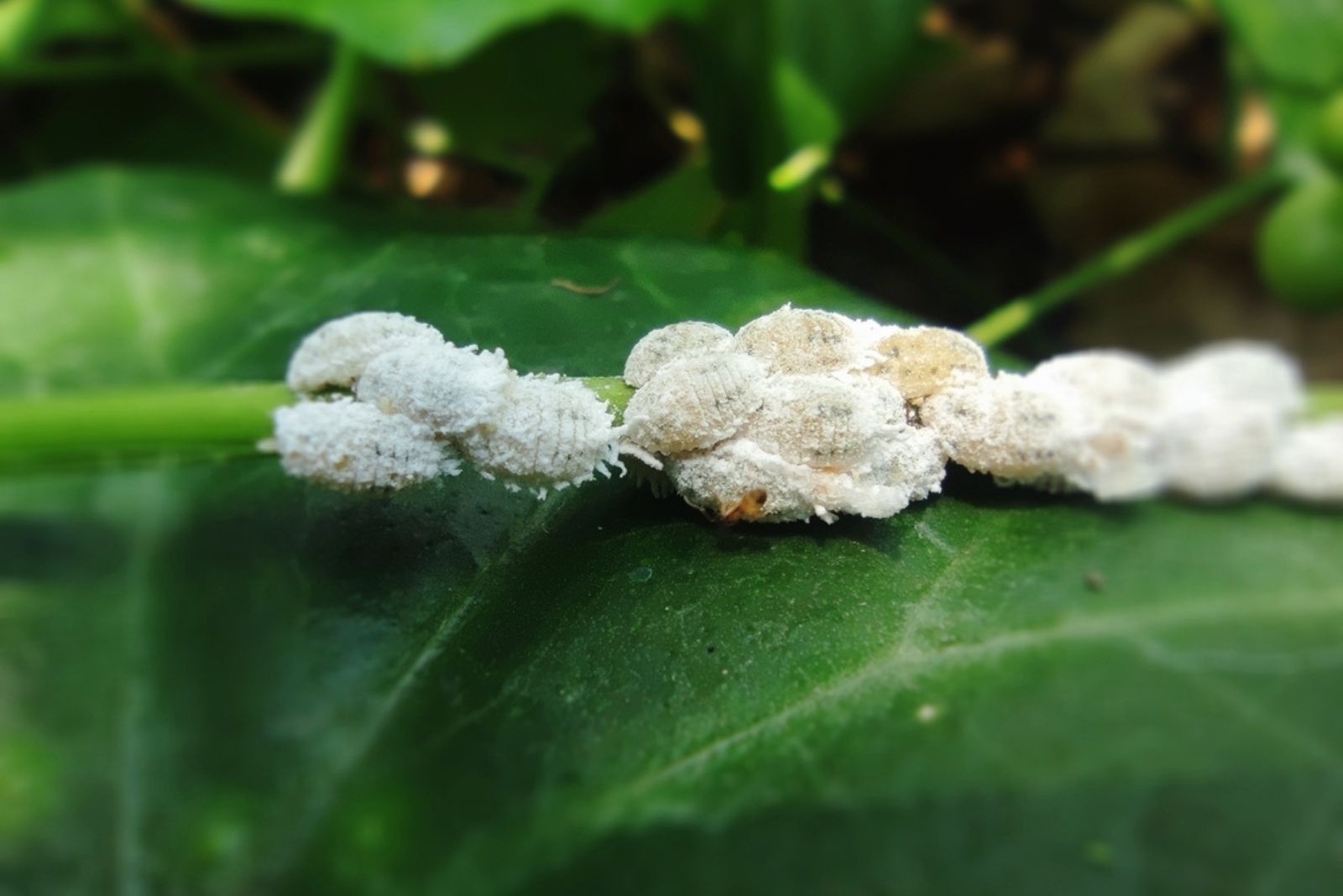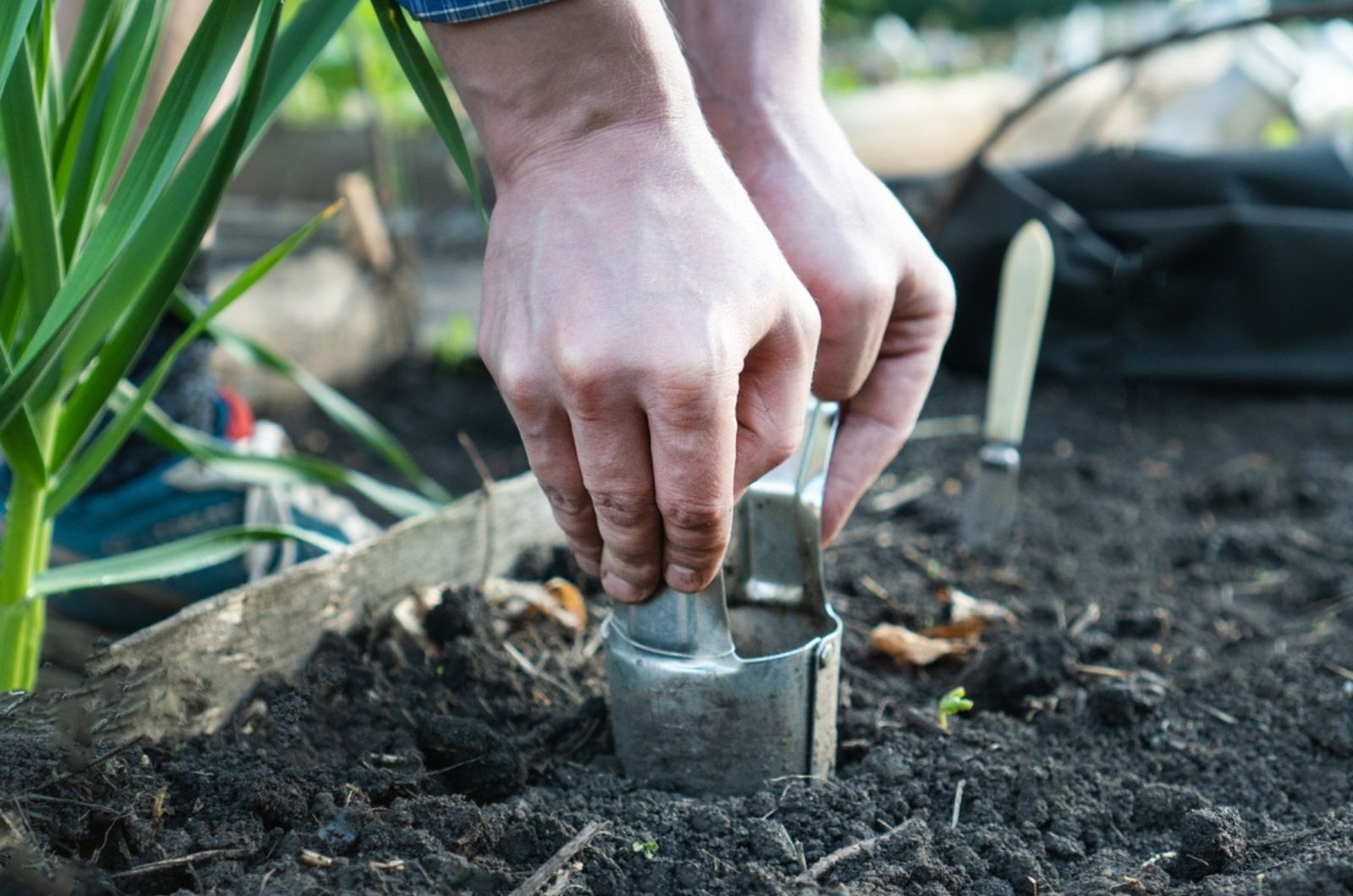Starting your own vegetable garden can be an exhilarating experience, but let’s face it, it can also be a tad overwhelming.
The thought of navigating through the labyrinth of space constraints, nutrition, and planting techniques can make even the most seasoned horticulturist shudder.
But don’t worry! Master gardeners and authors have offered their advice on some of the most common gardening mistakes you can make and ways to fix them.
So let’s dive right in!
1. Choosing The Wrong Location
One of the most common gardening mistakes is choosing the wrong location, claims master gardener Scott Wilson.
So many gardeners pick a spot because it’s open in their backyard, maintains Wilson. However, that location might not get enough sunlight for certain vegetables or it may get too much.
One way to know for sure whether your location is suitable for a garden is to look around. Start looking at the things as sun and shade. And try to pick a spot that gets more sun than shade, ideally six hours of sun a day, advises Wilson.
If you already have a garden and you don’t feel like moving it to a new location, you can always plant vegetables that can grow in the light exposure your garden already has.
Make sure water is close by, so you don’t have to drag hoses all over your plot. And if you have pets or animals, place your garden where they won’t disturb it.
Put it in a spot with easy access because you’re less likely to go to the garden if it’s far away.
2. Wrong Garden Size
Another typical mistake that beginner gardeners make is going with the wrong garden size.
Scott Wilson claims that we usually try to garden with too big of a garden in the beginning.
But even though it looks easy, scattering a couple of seeds here and there and watering them from time to time, it requires a lot of work.
If you start off too big, you might be overwhelmed by weeds and insects, and all kinds of other problems, warns Wilson. This might leave you exhausted at the end of the season to the point that you don’t want to do it anymore.
That’s why it’s best to start small, advises Wilson. Build a bed or two, and gradually increase their numbers. You can even start a small container garden because it’s easier to manage and work your way up to raised beds or an in-ground garden.
3. Planting At The Wrong Time
There are many mistakes we make when planting or sowing seeds, and one of them is doing it at the wrong time. I know we all want to jumpstart the season, but transplanting seedlings too early or sowing seeds in cold dirt can harm and kill them.
If you live in an area with snow and cold and freezing conditions, you need to learn about your last frost date, reminds Wilson.
This will allow you to start your garden at the right time, when the soil is warm enough for your plants. Or you can calculate when to start the seeds indoors so that they are ready for the transplant when the weather warms up.
Wilson goes on to mention the first fall frost date, which is also important, especially if you want to plant some cool-season crops such as spinach.
You also need to learn about plants’ requirements. Can they handle the weather your region gets? Choose those that can and you can look forward to an abundant harvest.
4. Choosing The Wrong Plants
The key to a successful garden and a large harvest is choosing the right plants for your climate.
Some plants are doomed to failure as soon as I put them in the ground, observes Wilson.
He also advises to keep the location in mind when planting.
Don’t put it in the shade if it needs sun. Don’t put it in the sun if it needs shade. Don’t put it in a dry area if it needs a wet area.
There are many factors that influence which plants you can grow in your location. And planting the wrong ones is not going to work.
Here are some other mistakes Wilson mentions, such as inadequate soil, watering, and nutrition:
5. Cramming Plants
Author Benedict Vanheems warns beginners and experienced gardeners about this next mistake – cramming plants in.
He mentions how crammed seedlings may look really good and strong and healthy to start with, but they will soon compete with each other for resources, growing weak, and tall, and thin, and giving a very disappointing harvest, if a decent harvest at all.
So what to do if you’ve sown more seeds that can fit in a single location? Thin them out!
Be cruel to be kind, claims Vanheems, and pull out all the seedlings but the strongest and healthiest ones.
Benedict also advises planning ahead and knowing how many plants you will need before doing anything. This will lower the risk of cramming your plants in and provide them with the best growing conditions.
6. Ignoring Nature
Even though we start and plan our gardens, they’re still a part of the local ecosystem. And that means noticing pests such as aphids and whiteflies on your veggies.
Vanheems encourages his viewers and readers not to be disheartened by this phenomenon. Expect the occasional attack, he claims, but fight back using the power of nature.
He advises companion planting as a way of combating pest attacks naturally. Flowers will attract hoverflies – natural predators of these pests – and keep your plants safe.
And if you have issues with pests early in the season, include early-blooming flowers, such as daffodils.
You can also leave a couple of carrots, garlic, and onion bulbs in the ground over winter so that they can flower in spring and attract pollinators and pest predators.
This herb companion planting chart gives you valuable information about which herbs you can grow with your veggies for maximum yield.
Vanheems suggests covering your plants from the cabbage family with netting so that butterflies cannot lay eggs that turn into caterpillars, which decimate these plants. You can also plant them in a separate bed to make this easier.
And don’t forget to cover your carrots in a fine mesh to prevent carrot flies.
7. Neglecting Nutrition
Your vegetables need proper nutrition to grow strong and healthy, and that means amending the soil with compost or aged manure before planting.
You can also use these materials to top and mulch your plants. You don’t need to dig it in; you can just spread an inch or so (say 2-5 cm) deep around your actively growing plants and that will help to also suppress weeds.
This organic matter feeds the beneficial microbes in the soil and helps plant roots to reach all the minerals they need for healthy growth.
Compost and well-rotted manure also improve soil structure, making clay soils looser and more aerated, and sandy substrates more moisture-retentive.
Don’t forget plants in pots either; they rely entirely on you for all of their nutritional needs and once all of the nutrients have been used up in their container, you’ll need to apply a liquid feed such as a tomato feed or comfrey feed, for example.
Here are some other tips Vanheems has to offer:

